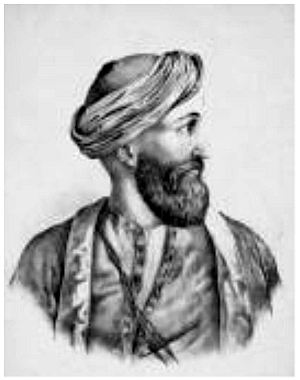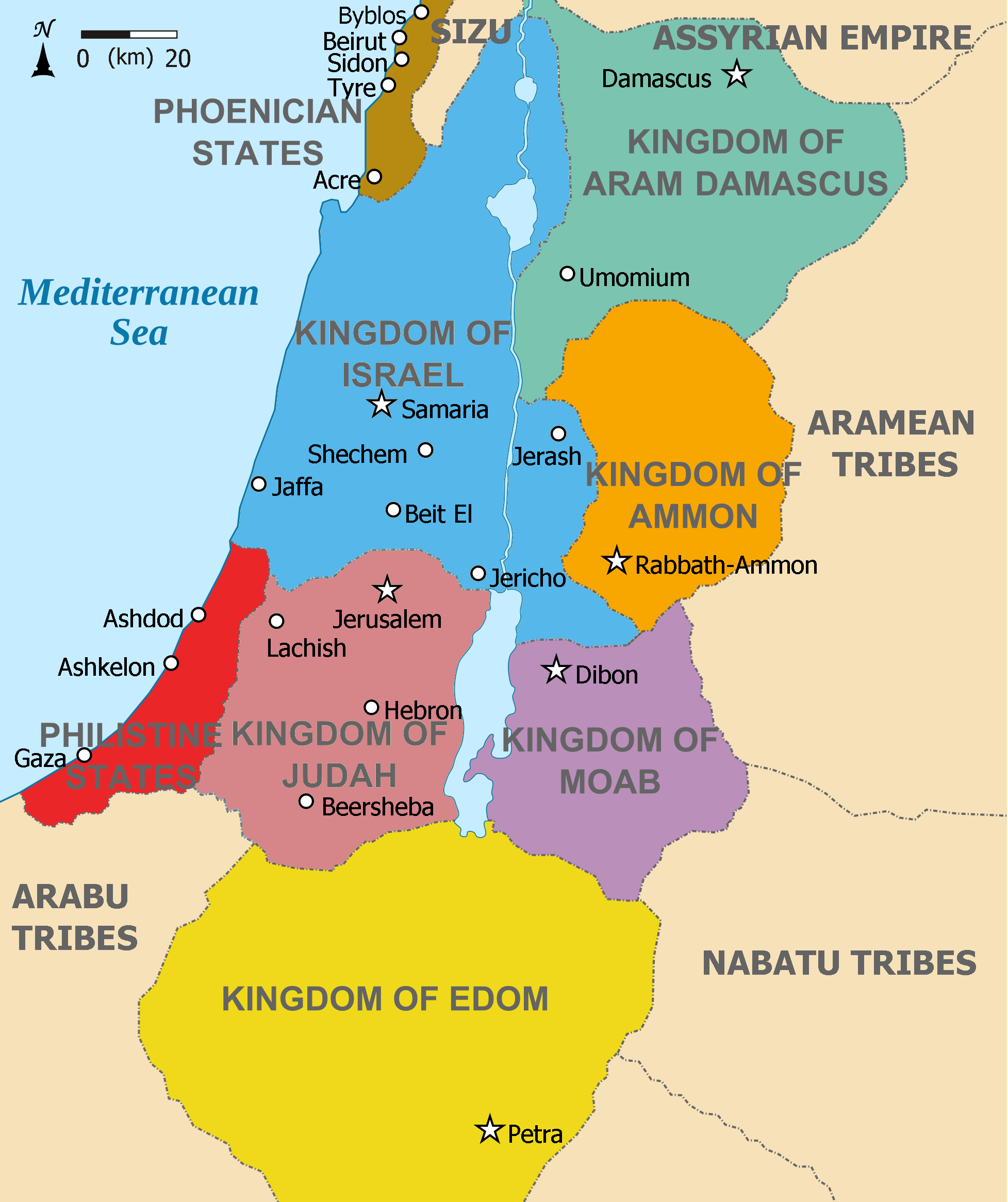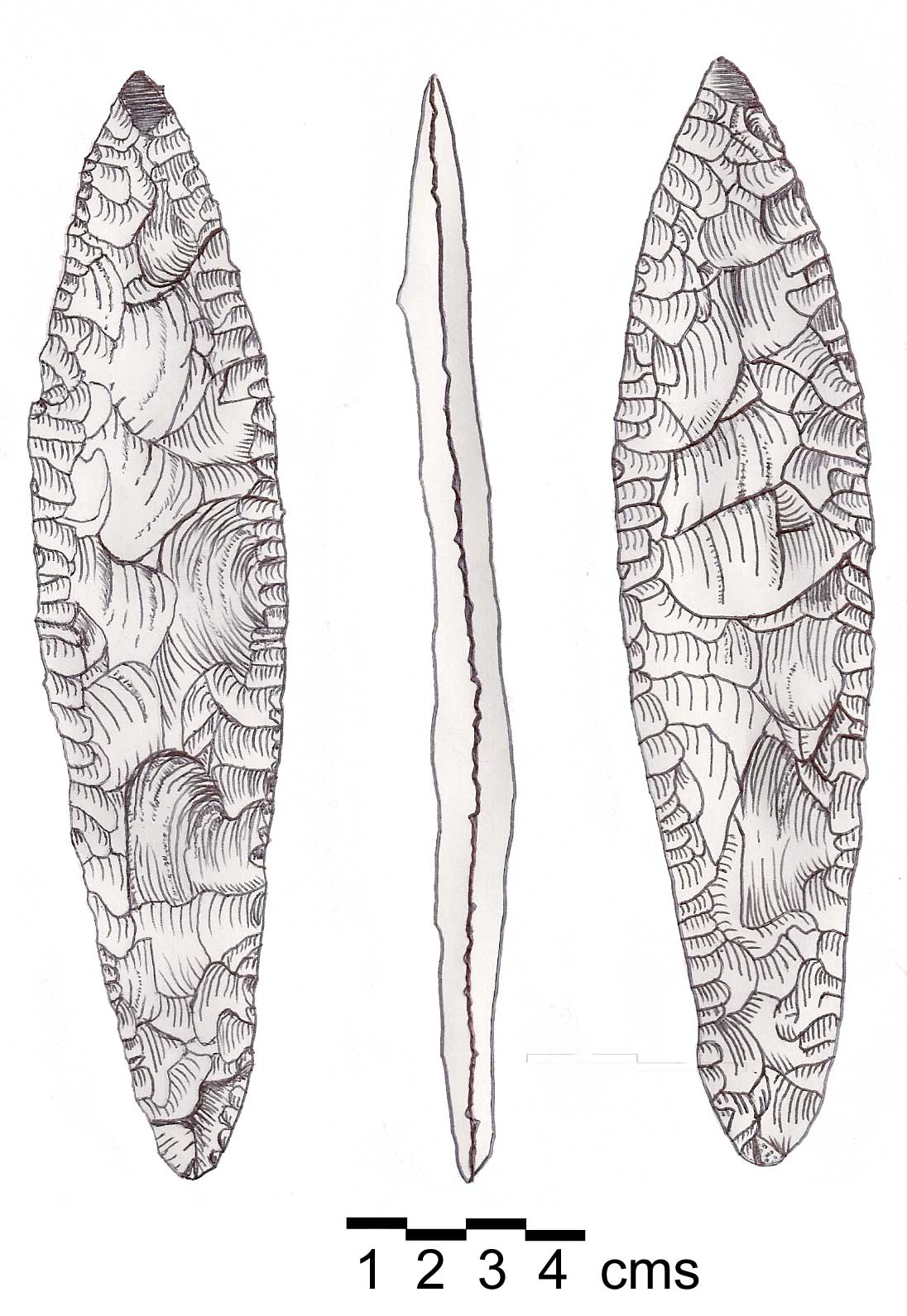|
Al-Jazzar
Ahmad Pasha al-Jazzar ( ar, أحمد باشا الجزّار; ota, جزّار أحمد پاشا; ca. 1720–30s7 May 1804) was the Acre-based Ottoman governor of Sidon Eyalet from 1776 until his death in 1804 and the simultaneous governor of Damascus Eyalet in 1785–1786, 1790–1795, 1798–1799, and 1803–1804. A Bosniak of obscure origins, he began his military career in Egypt in the service of various mamluk officials, eventually becoming a chief enforcer and assassin for Ali Bey al-Kabir, Egypt's practical ruler. He gained the epithet of ''al-Jazzar'' (the Butcher) for his deadly ambush on a group of Bedouin tribesmen in retaliation for the death of his master in a Bedouin raid. Al-Jazzar fell out with Ali Bey in 1768 after refusing to take part in the assassination of one of his former masters. He ultimately fled to Syria, where he was tasked with defending Beirut from a joint assault by the Russian Navy and Zahir al-Umar, the Acre-based ruler of northern Palestine. He ... [...More Info...] [...Related Items...] OR: [Wikipedia] [Google] [Baidu] |
List Of Rulers Of Damascus
This is a list of rulers of Damascus from ancient times to the present. :''General context: History of Damascus''. Aram Damascus * Rezon I (c. 950 BC) * Tabrimmon *Ben-Hadad I (c. 885 BCE–c. 865 BC) *Hadadezer (c. 865 BC–c. 842 BC) *Hazael (c. 842 BC–c. 804 BC) * Ben-Hadad III (c. 796 BC) *Tab-El (c. 770 BC) *Rezon II (c. 740 BC–732 BC) Period of non-independence *to Assyria (732 BC–609 BC) **Ilu-Ittia (c. 8th century BC) *to Babylon (609 BC–539 BC) *to Persian Achaemenid Empire (539 BC–332 BC) *to Macedon (332 BC–323 BC) *to Antigonids (323 BC–301 BC) *to Ptolemaic Kingdom (301 BC–198 BC) *to Seleucids (198 BC–167 BC) *to Ituraea (167 BC–110 BC) (Semi independent from Seleucids) *to the Decapolis (110 BC–85 BC) (Semi independent from Seleucids) *to Nabataea (85 BC–64 BC) *to the Roman Republic/Roman Empire/Byzantine Empire (64 BC–635) **to the Ghassanids (529–584; ?–635) Rashidun period *Khalid ibn al-Walid (635–636) *Abu Ubaidah ibn al Ja ... [...More Info...] [...Related Items...] OR: [Wikipedia] [Google] [Baidu] |
Ibrahim Deli Pasha
Ibrahim Pasha al-Dalati (also known as Ibrahim Deli Pasha) was the Ottoman governor of Damascus in 1788. Life Ibrahim was a Kurdish professional soldier who entered the service of the Azm family, members of which served as the governors of Damascus and surrounding provinces throughout the 18th century. He served a stint as governor of Tripoli but his dismissal was engineered by the Acre-based governor of Sidon, Ahmad Pasha al-Jazzar. Ibrahim was appointed governor of Damascus in 1788. After his return from Mecca after leading the annual Hajj caravan that same year, the Janissaries of the Citadel of Damascus and the aghawat of al-Midan revolted against him. He relocated to Hama where he rallied troops with the sanction of the imperial government in Constantinople and marched on Damascus with his mercenary troops, who included Druze from Mount Lebanon Mount Lebanon ( ar, جَبَل لُبْنَان, ''jabal lubnān'', ; syr, ܛܘܪ ܠܒ݂ܢܢ, ', , ''ṭūr lewnōn'' french: ... [...More Info...] [...Related Items...] OR: [Wikipedia] [Google] [Baidu] |
Ibrahim Pasha Qataraghasi
Ibrahim Pasha Qatarağasi (nisba also spelled ''Qattar Aghasi'' or ''Qataraghasi'') was an Ottoman statesman who served as ''wali'' (governor) of Aleppo, Damascus, Diyarbekir and Tripoli ''eyalets'' (provinces) in the early 19th century. Early career Most Likely of Albanian origin, there is scarce information about Ibrahim Pasha's early life. However, in the 1770s and 1780s,Meriwether, p. 97. he served as a trusted retainer of Muhammad Taha (Mehmed Effeni Tahazade), the ''naqib al-ashraf'' (head of the order Muhammad's descendants) of Aleppo.Meriwether, p. 61. Muhammad Taha served the office for 25 years (in 1747–1767 and 1782–1786), and was able to unify the city's ''ashraf'' into a political and military force that confronted Aleppo's powerful Janissary faction.Hathaway and Barbir, p. 93. Taha charged Ibrahim Pasha (then known as "Ibrahim Agha") with collecting taxes in Aleppo's rural hinterland (Taha owned several tax farms in this area), enabling Ibrahim to accumulat ... [...More Info...] [...Related Items...] OR: [Wikipedia] [Google] [Baidu] |
Palestine (region)
Palestine ( el, Παλαιστίνη, ; la, Palaestina; ar, فلسطين, , , ; he, פלשתינה, ) is a geographic region in Western Asia. It is usually considered to include Israel and the State of Palestine (i.e. West Bank and Gaza Strip), though some definitions also include part of northwestern Jordan. The first written records to attest the name of the region were those of the Twentieth dynasty of Egypt, which used the term "Peleset" in reference to the neighboring people or land. In the 8th century, Assyrian inscriptions refer to the region of "Palashtu" or "Pilistu". In the Hellenistic period, these names were carried over into Greek, appearing in the Histories of Herodotus in the more recognizable form of "Palaistine". The Roman Empire initially used other terms for the region, such as Judaea, but renamed the region Syria Palaestina after the Bar Kokhba revolt. During the Byzantine period, the region was split into the provinces of Palaestina Prima, Pal ... [...More Info...] [...Related Items...] OR: [Wikipedia] [Google] [Baidu] |
Sulayman Pasha Al-Adil
Sulayman Pasha al-Adil (c. 1760s – August 1819; given name also spelled ''Suleiman'' or ''Sulaiman'') was the Ottoman governor of Sidon Eyalet between 1805 and 1819, ruling from his Acre headquarters. He also simultaneously served as governor of Damascus Eyalet between 1810 and 1812. He was a ''mamluk'' of his predecessor, Jazzar Pasha. His rule was associated with decentralization, a reduction of Acre's military, and limits to his predecessors' cotton monopoly. Moreover, he oversaw a policy of non-interference with his deputy governors, such as Muhammad Abu-Nabbut and Mustafa Agha Barbar, and diplomacy with the autonomous sheikhs of the various Levantine regions where he held authority, including Emir Bashir Shihab II and Musa Bey Tuqan. He exercised control over his domain largely through depending on the loyalty of his deputies, who also had been ''mamluks'' of Jazzar. In effect, Sulayman Pasha presided over the world's last functioning ''mamluk'' system. Mamluk of Jazzar ... [...More Info...] [...Related Items...] OR: [Wikipedia] [Google] [Baidu] |
Beirut
Beirut, french: Beyrouth is the capital and largest city of Lebanon. , Greater Beirut has a population of 2.5 million, which makes it the third-largest city in the Levant region. The city is situated on a peninsula at the midpoint of Lebanon's Mediterranean coast. Beirut has been inhabited for more than 5,000 years, and was one of Phoenicia's most prominent city states, making it one of the oldest cities in the world (see Berytus). The first historical mention of Beirut is found in the Amarna letters from the New Kingdom of Egypt, which date to the 14th century BC. Beirut is Lebanon's seat of government and plays a central role in the Lebanese economy, with many banks and corporations based in the city. Beirut is an important seaport for the country and region, and rated a Beta + World City by the Globalization and World Cities Research Network. Beirut was severely damaged by the Lebanese Civil War, the 2006 Lebanon War, and the 2020 massive explosion in the ... [...More Info...] [...Related Items...] OR: [Wikipedia] [Google] [Baidu] |
Galilee
Galilee (; he, הַגָּלִיל, hagGālīl; ar, الجليل, al-jalīl) is a region located in northern Israel and southern Lebanon. Galilee traditionally refers to the mountainous part, divided into Upper Galilee (, ; , ) and Lower Galilee (, ; , ). ''Galilee'' refers to all of the area that is north of the Mount Carmel- Mount Gilboa ridge and south of the east–west section of the Litani River. It extends from the Israeli coastal plain and the shores of the Mediterranean Sea with Acre in the west, to the Jordan Rift Valley to the east; and from the Litani in the north plus a piece bordering on the Golan Heights all the way to Dan at the base of Mount Hermon in the northeast, to Mount Carmel and Mount Gilboa in the south. This definition includes the plains of the Jezreel Valley north of Jenin and the Beth Shean Valley, the valley containing the Sea of Galilee, and the Hula Valley, although it usually does not include Haifa's immediate northern suburbs. By th ... [...More Info...] [...Related Items...] OR: [Wikipedia] [Google] [Baidu] |
Mount Lebanon
Mount Lebanon ( ar, جَبَل لُبْنَان, ''jabal lubnān'', ; syr, ܛܘܪ ܠܒ݂ܢܢ, ', , ''ṭūr lewnōn'' french: Mont Liban) is a mountain range in Lebanon. It averages above in elevation, with its peak at . Geography The Mount Lebanon range extends along the entire country for about , parallel to the Mediterranean coast. Their highest peak is Qurnat as Sawda', at . The range receives a substantial amount of precipitation, including snow, which averages around deep.Jin and Krothe. ''Hydrogeology: Proceedings of the 30th International Geological Congress'', p. 170 Lebanon has historically been defined by the mountains, which provided protection for the local population. In Lebanon, changes in scenery are related less to geographical distances than to altitudes. The mountains were known for their oak and pine forests. The last remaining old growth groves of the famous Cedar of Lebanon (''Cedrus libani'' var. libanii'') are on the high slopes of Mount Lebanon, in ... [...More Info...] [...Related Items...] OR: [Wikipedia] [Google] [Baidu] |
Wali
A wali (''wali'' ar, وَلِيّ, '; plural , '), the Arabic word which has been variously translated "master", "authority", "custodian", "protector", is most commonly used by Muslims to indicate an Islamic saint, otherwise referred to by the more literal "friend of God".John Renard, ''Friends of God: Islamic Images of Piety, Commitment, and Servanthood'' (Berkeley: University of California Press, 2008); John Renard, ''Tales of God Friends: Islamic Hagiography in Translation'' (Berkeley: University of California Press, 2009), passim. When the Arabic definite article () is added, it refers to one of the names of God in Islam, Allah – (), meaning "the Helper, Friend". In the traditional Islamic understanding of saints, the saint is portrayed as someone "marked by pecialdivine favor ... ndholiness", and who is specifically "chosen by God and endowed with exceptional gifts, such as the ability to work miracles".Radtke, B., "Saint", in: ''Encyclopaedia of the Qurʾān'', ... [...More Info...] [...Related Items...] OR: [Wikipedia] [Google] [Baidu] |
Al-Zayadina
Al-Zayadina (singular: Zaydani or Zidany, also called the Banu Zaydan) were an Arab clan based in the Galilee. They were best known after one of their sheikhs (chiefs) Zahir al-Umar, who, through his tax farms, economic monopolies, popular support, and military strength ruled a semi-autonomous sheikhdom in northern Palestine and adjacent regions in the 18th century.Joudah, 1987, p. 19. History Origins According to the historian Ahmad Hasan Joudah, the origins of the Zayadina are obscure, but that they were certainly of Arab tribal stock. Members of the clan claim descent from Zayd, the son of Hasan ibn Ali and grandson of Ali, the fourth caliph of Islam. However, the historians Mikha'il Sabbagh and Isa al-Ma'luf assert that the clan's ancestor was rather a man named Zaydan, hence their name 'anuZaydan' (plural: 'Zayadina'). Several historians believe the clan was originally from the Hejaz (western Arabia), and that they migrated to the Levant during Saladin's conquest of th ... [...More Info...] [...Related Items...] OR: [Wikipedia] [Google] [Baidu] |
Bedouin
The Bedouin, Beduin, or Bedu (; , singular ) are nomadic Arabs, Arab tribes who have historically inhabited the desert regions in the Arabian Peninsula, North Africa, the Levant, and Mesopotamia. The Bedouin originated in the Syrian Desert and Arabian Desert but spread across the rest of the Arab world in Western Asia, West Asia and North Africa after the spread of Islam. The English word ''bedouin'' comes from the Arabic ''badawī'', which means "desert dweller", and is traditionally contrasted with ''ḥāḍir'', the term for Sedentism, sedentary people. Bedouin territory stretches from the vast deserts of North Africa to the rocky sands of the Middle East. They are traditionally divided into tribes, or clans (known in Arabic as ''ʿašāʾir''; or ''qabāʾil'' ), and historically share a common culture of herding camels and goats. The vast majority of Bedouins adhere to Islam, although there are some fewer numbers of Arab Christians, Christian Bedouins present in the Fe ... [...More Info...] [...Related Items...] OR: [Wikipedia] [Google] [Baidu] |







